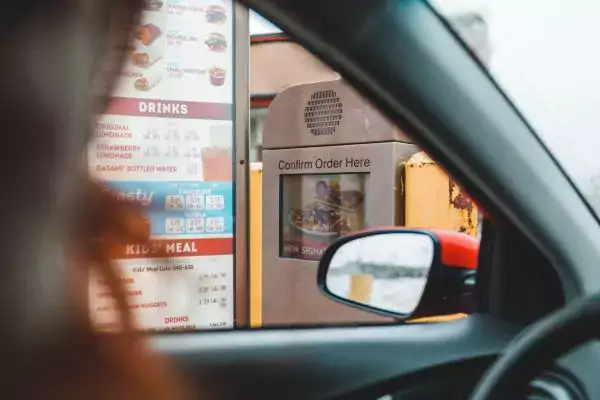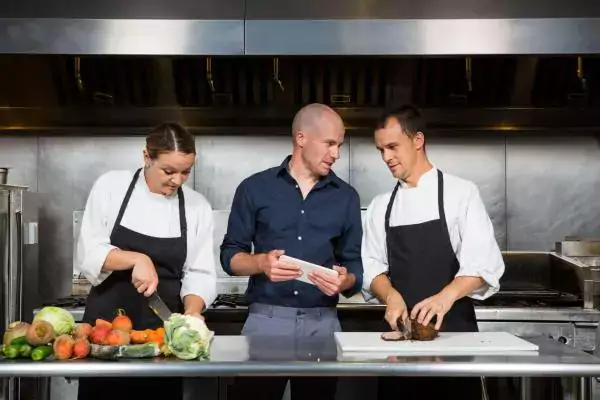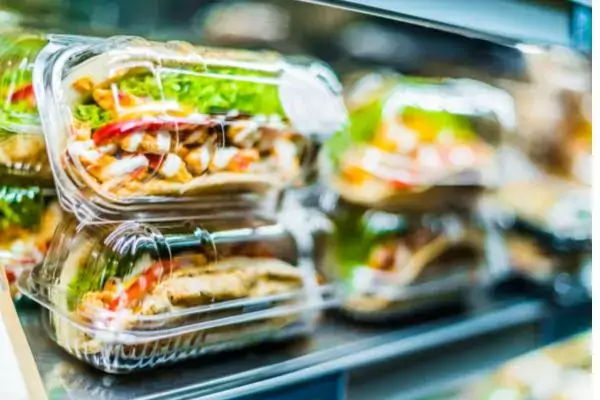Repeat after me: Restaurant video surveillance isn’t the end-all solution to your operational needs.
Now more than ever, video solutions are extremely accessible via the Internet. Sure, they might help reduce losses at the point-of-sale and decrease inefficiencies. For instance, a manager might be able to observe peak traffic times and adjust staffing needs accordingly. Video may also help to spot Hillary Clinton at a Chipotle, if you remember that story from April.
Then there are those retail chains that use video surveillance as a “gotcha,” big brother management tool. In 2012, 7-Eleven spent $40 million on digital technology, reported the Los Angeles TImes. One one hand, some franchisees were indeed stealing from the company. However, one franchise attorney called this level of security “paranoia city.”
7-Eleven is a different industry, but I use the example to show how video surveillance can be a slippery slope. In addition to the risk of making your employees feel uncomfortable, video surveillance in operations has three drawbacks:
1. Video needs to be constantly monitored
Seriously, who has the time to watch through hours of video per day to gather notes? It’s so much easier when you are presented with real-time data that lends itself to clear and actionable insights.
2. Video doesn’t tell the whole story
Why are customers not going near the new promotional display in the middle of the store or ordering the new menu item? Could it be that new promotional materials were not displayed correctly to let customers know that a promotion is taking place?
3. Video misses the customer perspective
Even a high-quality video won’t pick up on a dirty restroom, poorly washed utensils and the awful noise coming from the vent under the table.
Great News for the Restaurant IndustryJust this week, Technomic Inc. released its 2015 midway report with excellent news: Customer traffic is back to pre-recession levels. Employing qualitative data analysis, Technomic’s researchers were able to pinpoint six key trends:
- Fast-casual restaurants show no signs of slowing down and are outpacing other segments in growth.
- Build-your-own concepts keep growing. (For example, Blaze Fas-Fire’d Pizza currently has a pipeline of more than 400 restaurants that are slated to open in 42 states, Washington, D.C, and Canada by 2020.)
- Some quick-service restaurants have achieved cult-like status.
- More restaurants are removing additives from their menus because of increased consumer awareness.
- Everyone is now a foodie thanks to blogging and social media platforms like Instagram.
- Tech is necessary. However Technomic does not identify digital cameras as the kind of tech restaurants need. Rather, consumer-facing technology--online ordering, table tablets and mobile apps--rule the day.
These trends provide enough reason for why managers need to be present in their stores. How do you know if your quick-service restaurants are executing menu items correctly? How do you know if you’re delivering the branded experience that makes QSRs reach that cult-like status?
We often say that you need eyes and ears in the field. In the restaurant industry, you also need a heart out in the field. The most successful restaurateurs are passionate about their food and their culture. So, get out there and make technology work for you—not the other way around.
Subscribe to our blog
You are now subscribed!


